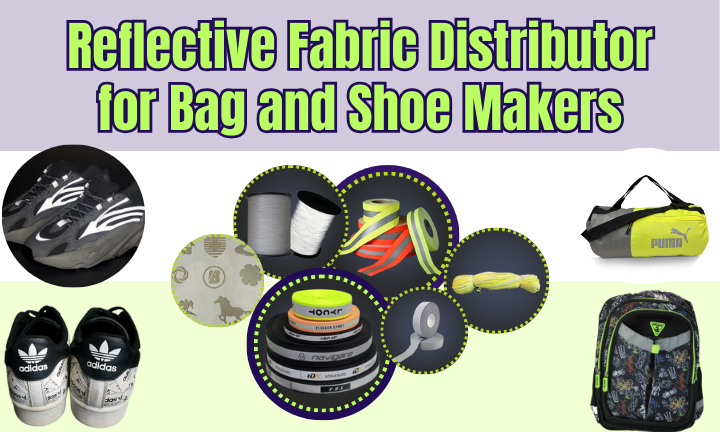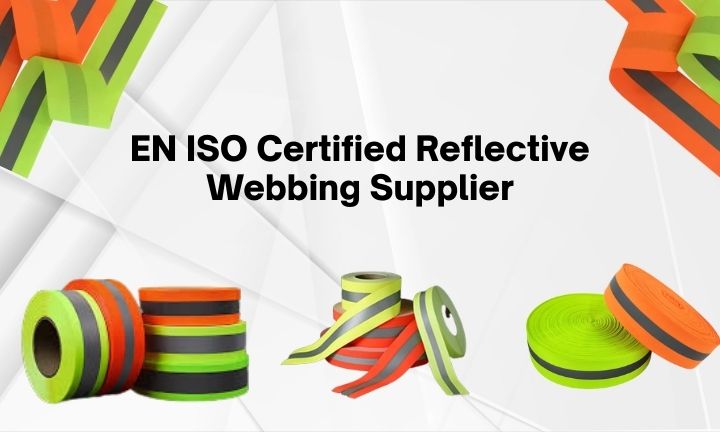Introduction
Visibility saves lives. Every year, thousands of accidents happen because drivers, workers, or pedestrians can’t see hazards in time. Poor lighting or bad weather makes staying safe even harder. Reflective safety tape helps fix this problem by making things stand out in low light.
This tape is used in a wide range of environments — from construction zones to personal safety gear. Its bright, reflective surface catches headlights and flashes, providing instant visibility. Choosing the right type of tape can make all the difference in staying safe. This article explores the top uses of reflective safety tape and shares tips for selecting the best option for your needs.
Understanding Reflective Safety Tape
What Is Reflective Safety Tape?
Reflective safety tape is a specialized material designed to bounce light back toward its source. When light hits it, the tape glows in dark or low-light conditions. It is typically made from materials like prismatic films, micro-prismatic designs, or embedded glass beads, all of which help improve visibility from long distances and sharp angles.
How Does Reflective Safety Tape Work?
Reflective safety tape works through retroreflection — a process where light returns directly to its source. When headlights shine on the tape, the reflected light returns to the driver, making people or objects easily noticeable. The tape is most effective when light hits it from certain angles, though performance may decrease at extreme viewing angles or over long distances.
Benefits of Using Reflective Safety Tape
- > Significantly improves visibility and safety in low-light or hazardous conditions.
- > Helps meet occupational and safety regulations such as OSHA and ANSI standards.
- > Cost-effective and easy to apply to a variety of surfaces.
- > Suitable for both indoor and outdoor applications.
Industrial and Commercial Applications
Construction Sites
Reflective safety tape is commonly used on construction machinery, barricades, and safety clothing.
Warehouses and Logistics
Warehouses often use reflective tape to mark aisles, pallet racks, and forklifts. This allows workers to navigate safely, particularly in dim lighting or fast-paced environments. Clear visual cues reduce the chances of collisions and improve workflow safety.
Manufacturing Facilities
In industrial settings, reflective tape highlights machinery edges, walkways, and danger zones. This low-cost safety upgrade boosts awareness and helps prevent accidental contact with hazardous equipment.
Personal and Recreational Use
Outdoor Sports and Activities
Reflective tape is a smart addition to hiking backpacks, camping tents, and adventure gear. It helps individuals stay visible and easier to locate during outdoor activities after dark.
Personal Safety Devices
Runners, cyclists, and night-time workers often wear reflective vests, helmets, or armbands. Adding reflective tape enhances visibility during early morning or late evening routines, helping prevent accidents.
DIY Projects and Home Safety
Homeowners use reflective tape on mailboxes, stair edges, fences, or even tools to improve night-time visibility. It's an affordable safety measure for preventing trips, falls, or driveway mishaps.
Choosing the Right Reflective Safety Tape for Your Application
Factors to Consider
- > Durability of the adhesive and base material.
- > Brightness level or reflectivity grade.
- > Weather resistance for outdoor or rugged environments.
- > Application type — for light-duty or industrial use, indoor or outdoor settings.
Industry Standards and Regulations
Always check applicable standards like OSHA and ANSI when choosing reflective tape. These regulations guide reflectivity levels, placement, and performance — ensuring your safety measures are legally and functionally sound.
Expert Recommendations
For critical use cases, choose high-performance tapes with strong reviews and reliable performance records. It’s wise to test a sample in your actual environment to ensure compatibility and effectiveness.
Conclusion
Reflective safety tape is a simple but powerful tool that plays a crucial role in reducing accidents and improving visibility. Whether in industrial settings, or as part of personal safety gear, its uses are widespread and impactful.
Selecting the right tape — based on conditions, brightness, and durability — ensures long-term effectiveness. Regular inspection and maintenance are also essential. When visibility is key to safety, reflective tape provides an affordable, efficient solution.












